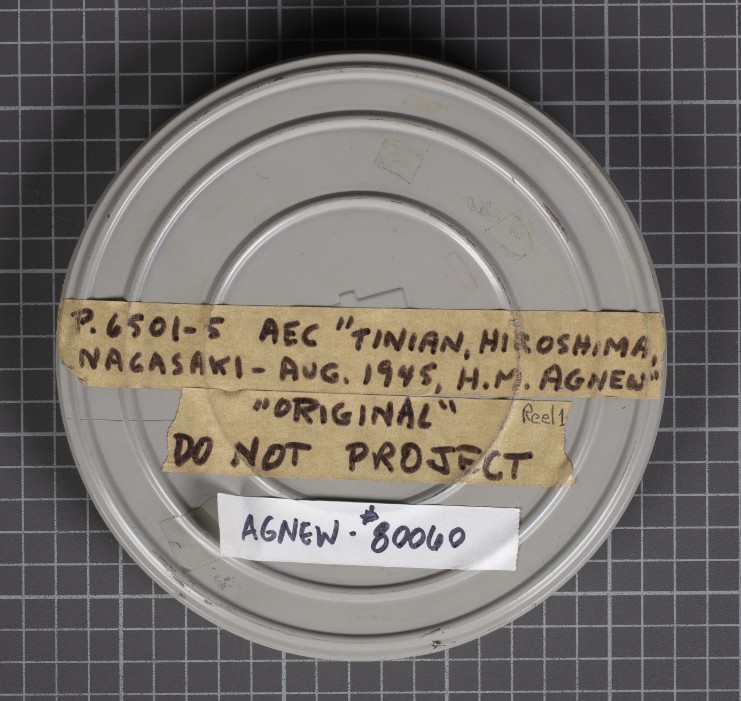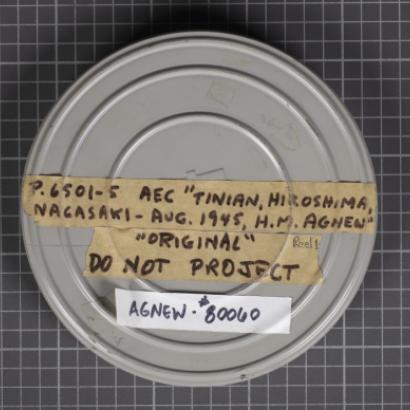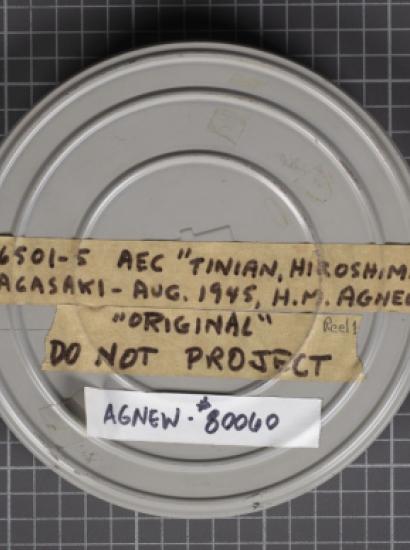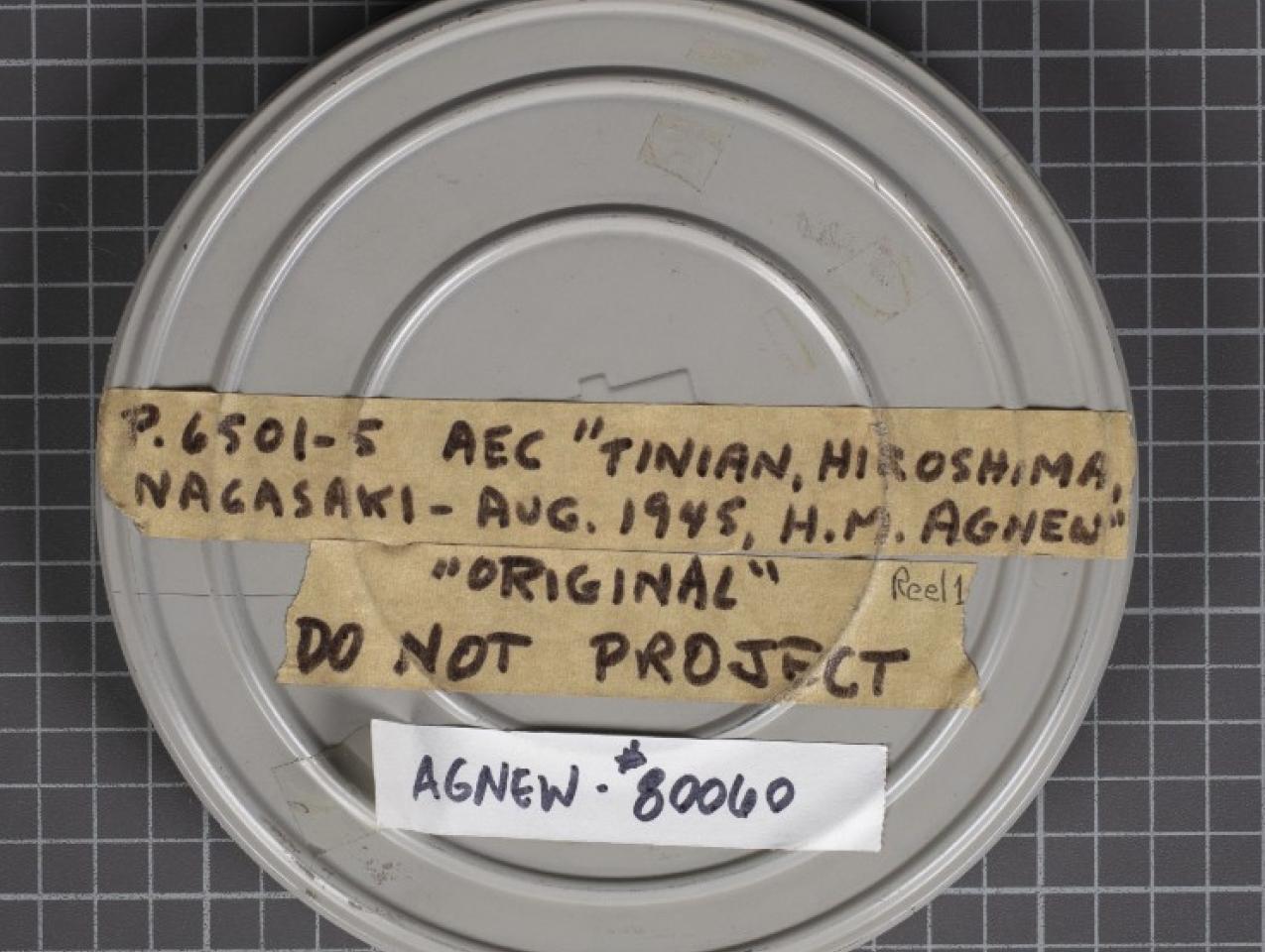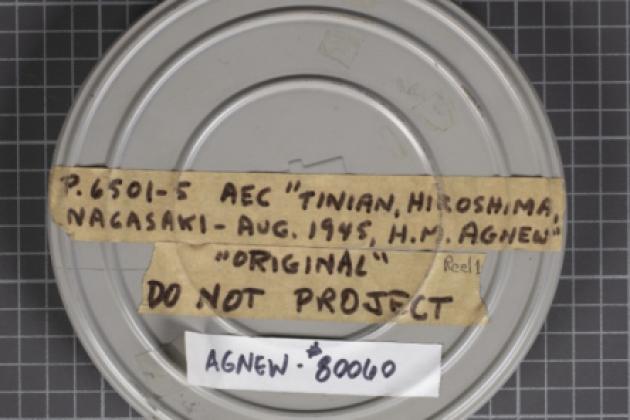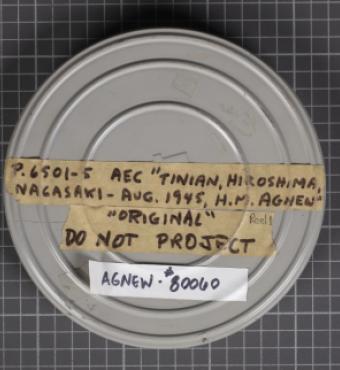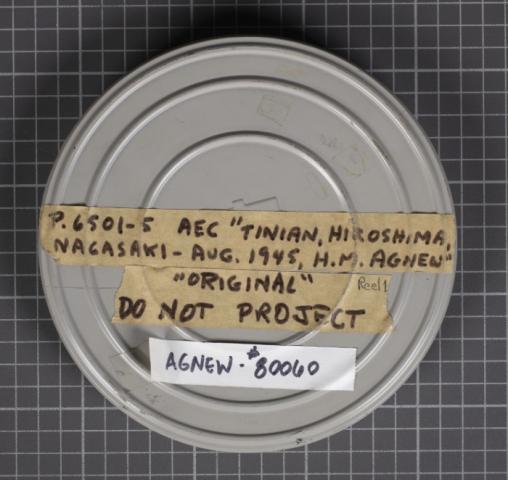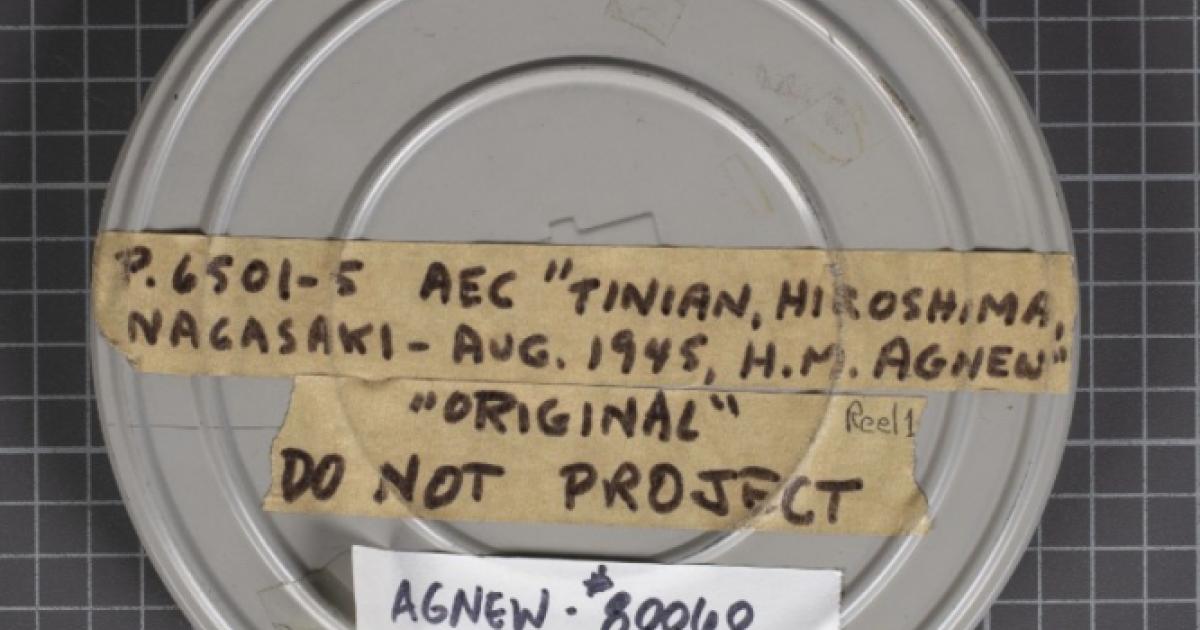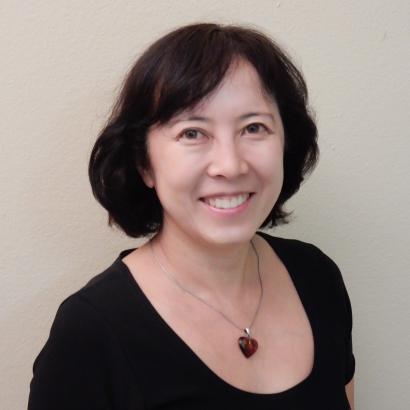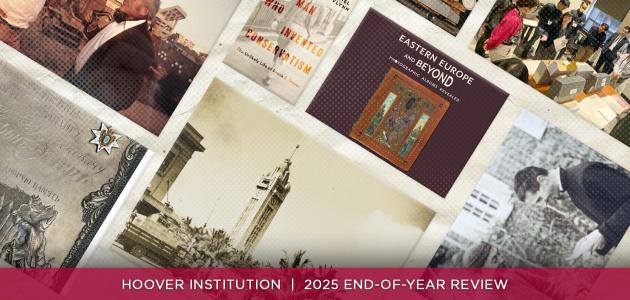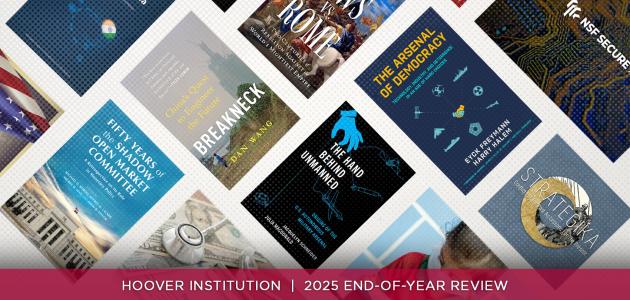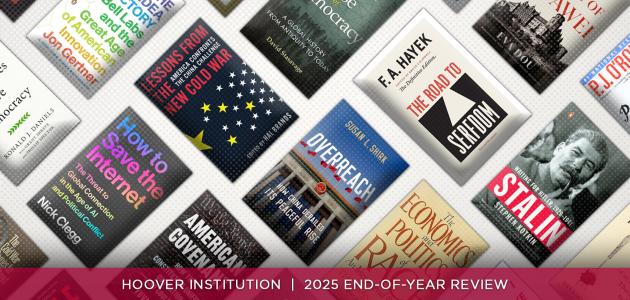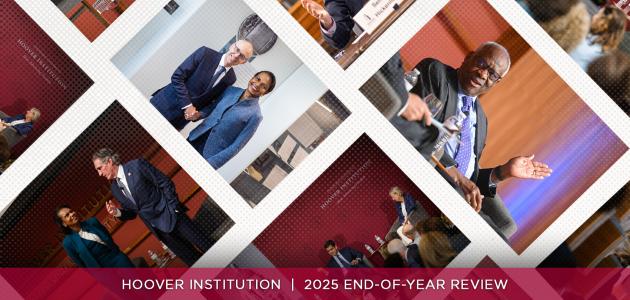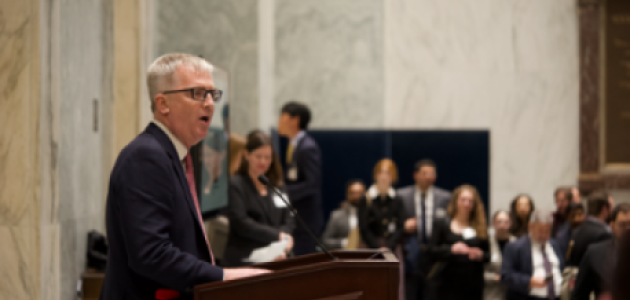Hoover Institution (Stanford, CA)—80 years have passed since the United States dropped two nuclear bombs on the Japanese cities of Hiroshima and Nagasaki, ushering in a new and complex era of atomic warfare.
Harold Agnew (1921-2013)—a young physicist with the Manhattan Project—participated in the first atomic strike mission. Understanding the historic significance of the event, he retained materials from that day for posterity. His collection resides at the Hoover Institution Library & Archives.
On August 6, 1945, Agnew and a small group of colleagues flew aboard The Great Artiste, the instrumentation aircraft that followed the Enola Gay. Acting as scientific observers, they monitored the mission and documented its progress. What was recorded is believed to be the only airborne footage of the bombing of Hiroshima.
For the Nagasaki mission, cameras were provided to tail gunners aboard the plane to shoot footage of the explosion. Agnew donated his original materials to the Hoover Institution Library & Archives in 1980.
The film includes sweeping views of North Field on Tinian Island in the Mariana Islands; scenes of The Great Artiste and its crew after their return from the Hiroshima mission; footage of the Enola Gay; and images captured en route to Nagasaki. Today, this record is preserved and made available for research through the Hoover Institution Library & Archives' Digital Collections.
“More than a historical document, this film serves as both vital scientific evidence and a profound visual testimony,” said Kaoru (Kay) Ueda, research fellow and curator of the Japanese Diaspora Collections. “It captures not only the devastating power of the atomic bomb but also the enduring human cost borne by those beneath the mushroom cloud.”
Since its founding, the Hoover Institution Library & Archives has been dedicated to documenting war, revolution, and peace. The Harold Agnew materials, along with related holdings on the Second World War, the atomic bomb, and disarmament, remain accessible to scholars, students, and the public—ensuring that the lessons, consequences, and human stories of August 1945 continue to inform generations to come.




